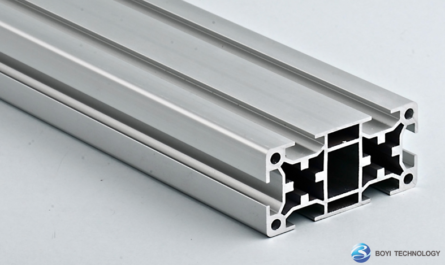The art of precision is a hallmark of modern manufacturing, and nowhere is this more evident than in the production of micro screws. These tiny fasteners, often smaller than a grain of rice, play a crucial role in the assembly of everything from smartphones to medical devices. In this article, we’ll delve into the world of micro screw manufacturing, exploring the techniques and technologies that make it possible to produce these minute marvels with precision and accuracy.
The Challenges of Micro Screw Production
Manufacturing micro screws is a daunting task, requiring a level of precision that pushes the limits of traditional machining techniques. The tiny size of these screws means that even the slightest deviation in thread pitch, diameter, or length can render them unusable. Furthermore, the materials used to make micro screws, such as stainless steel, titanium, and brass, can be notoriously difficult to work with, especially at the micro scale. To overcome these challenges, manufacturers have developed specialized techniques and tools that enable them to produce micro screws with the required level of precision.
Swiss Screw Machining: A Mainstay of Micro Screw Production
One of the most widely used techniques in micro screw manufacturers is Swiss screw machining. This process involves using a specialized lathe, known as a Swiss lathe, to machine the screw from a cylindrical blank. The Swiss lathe is designed to produce extremely precise threads, with tolerances as low as 0.0001 inches (0.0025 mm). This level of precision is achieved through the use of a guide bushing, which supports the blank as it is machined, ensuring that the threads are cut accurately and consistently. Swiss screw machining is particularly well-suited to producing micro screws with complex geometries, such as those with multiple threads or unique thread forms.
CNC Machining: A Versatile Alternative
While Swiss screw machining is a highly effective technique for producing micro screws, it’s not the only game in town. Computer numerical control (CNC) machining is another popular method, offering a high degree of versatility and flexibility. CNC machining involves using a computer-controlled milling machine to cut the screw from a solid blank. This process allows for the production of complex shapes and geometries, making it ideal for producing micro screws with unique features, such as hexalobular drives or Torx heads. CNC machining also offers the advantage of rapid prototyping, enabling manufacturers to quickly test and refine their designs.
Laser Cutting: A High-Tech Solution
For micro screws with extremely fine threads or complex geometries, laser cutting is often the technique of choice. This process involves using a high-powered laser to cut the screw from a thin sheet of material. Laser cutting offers a level of precision that’s hard to match with traditional machining techniques, with tolerances as low as 0.00001 inches (0.00025 mm). This level of accuracy makes laser cutting particularly well-suited to producing micro screws for applications where precision is paramount, such as in medical devices or aerospace components.
Quality Control: The Final Piece of the Puzzle
Regardless of the manufacturing technique used, quality control is essential to ensuring that micro screws meet the required standards of precision and accuracy. Manufacturers use a range of techniques, including optical inspection, tactile measurement, and functional testing, to verify that their micro screws meet the necessary specifications. This attention to detail is crucial, as even a single defective screw can compromise the integrity of an entire assembly.
Conclusion: The Art of Precision in Micro Screw Manufacturing
The art of precision is a hallmark of modern manufacturing, and micro screw production is a shining example of this. Through the use of specialized techniques, such as Swiss screw machining, CNC machining, and laser cutting, manufacturers are able to produce micro screws with the required level of precision and accuracy. Whether it’s for a smartphone, a medical device, or an aerospace component, micro screws play a vital role in the assembly of modern products. As technology continues to advance, it’s likely that the art of precision in micro screw manufacturing will only continue to evolve, enabling the production of even smaller, more complex fasteners that will drive innovation in a wide range of industries.
